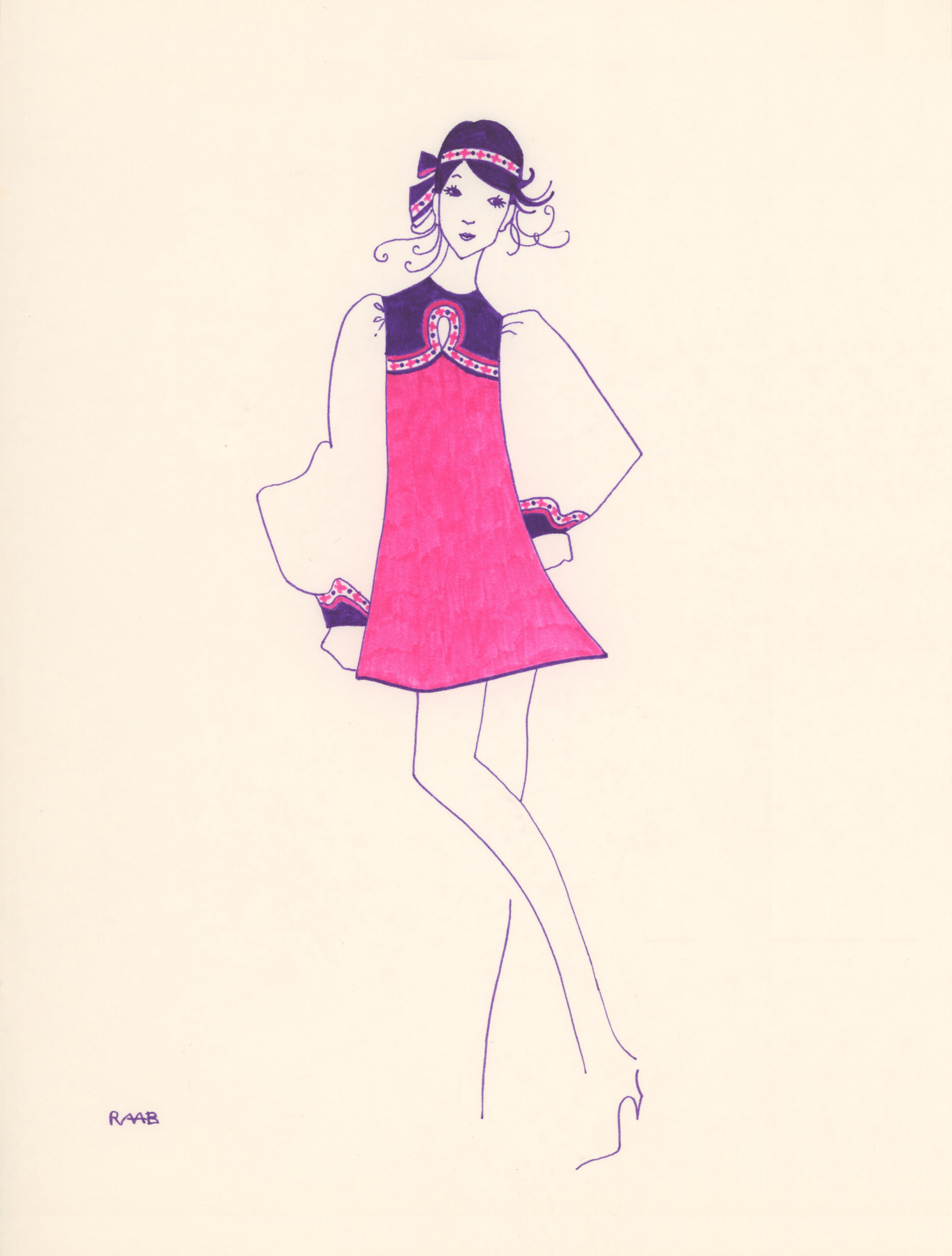TACA

Pan Am had two types of “stand-by” for stewardesses—24-hour, which meant you had to be ready to fly at a moment’s notice, and TACA, which meant you had to be available by phone to accept a flight for the next day.
The month I was TACA, I got out a felt pen and started to draw dress designs. I’d always loved clothes and, as a teenager, had made many of my own. Now, seized by the notion that maybe I could design clothes as a sideline, I worked ferociously, and by the end of the month, I’d developed a distinctive illustrating style and created a line of two dozen outfits. The times I was called to fly, I found it emotionally wrenching to have to leave my project; I felt I was being painfully ripped away from the kind of work I was meant to do.
At a union meeting, the junior stewardesses were told not to let Operations bully us—that is, coerce us into flying the same day when we were TACA. So, at the end of the month, when Operations phoned and said they needed me for a flight that same afternoon, I said no. Five minutes later I got a call from my irate supervisor, telling me I was suspended.
By the time I went in for my scheduled appointment with him a few days later, my mind was made up. In the interim, he’d read my brief record—apparently I’d gotten a commendation from one of my pursers—so when I announced I was quitting, he did some fast and furious back-pedaling, trying to convince me to stay.
I refused—and left with the hope that my resignation might make the higher-ups think twice in the future about trying to strong-arm their flight attendants.